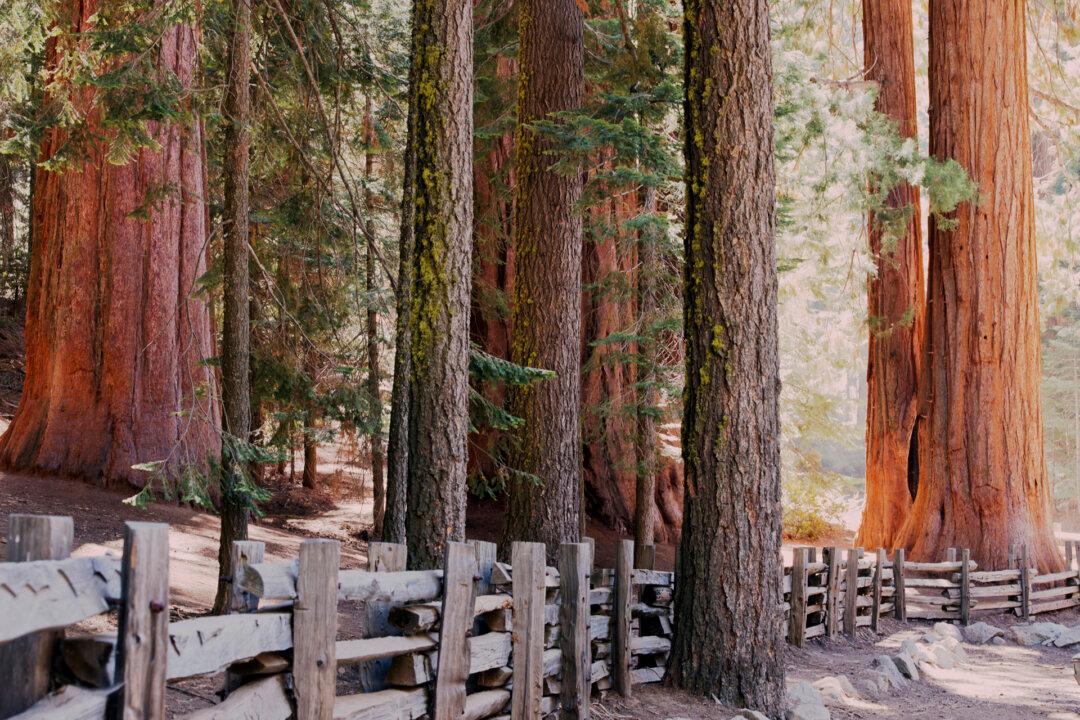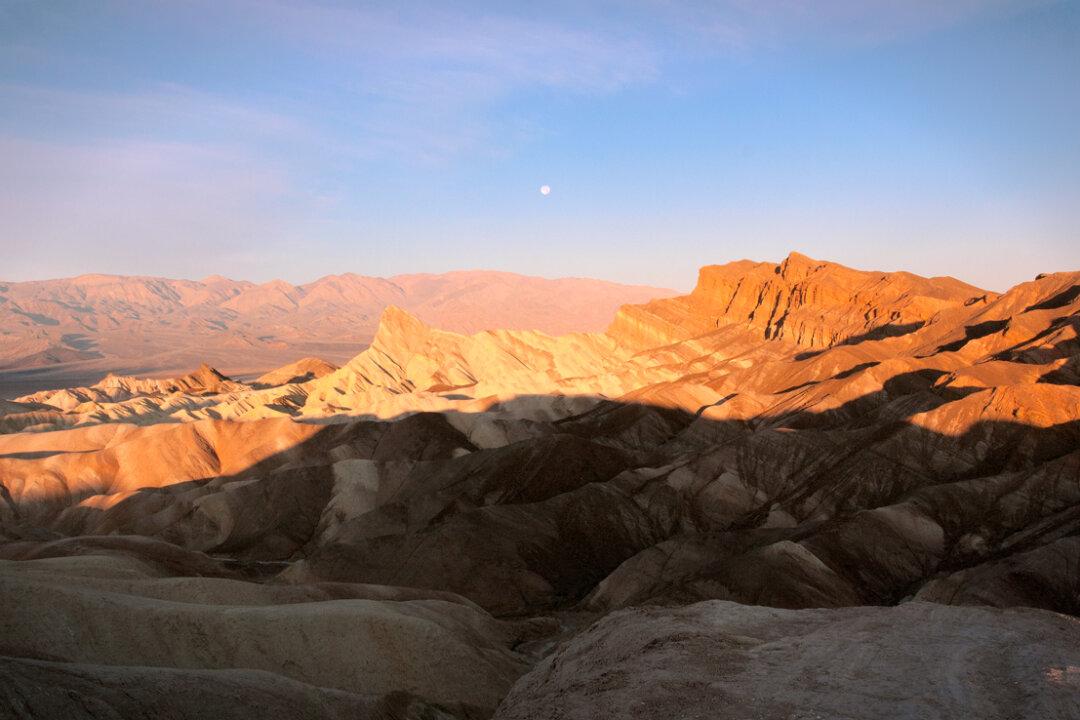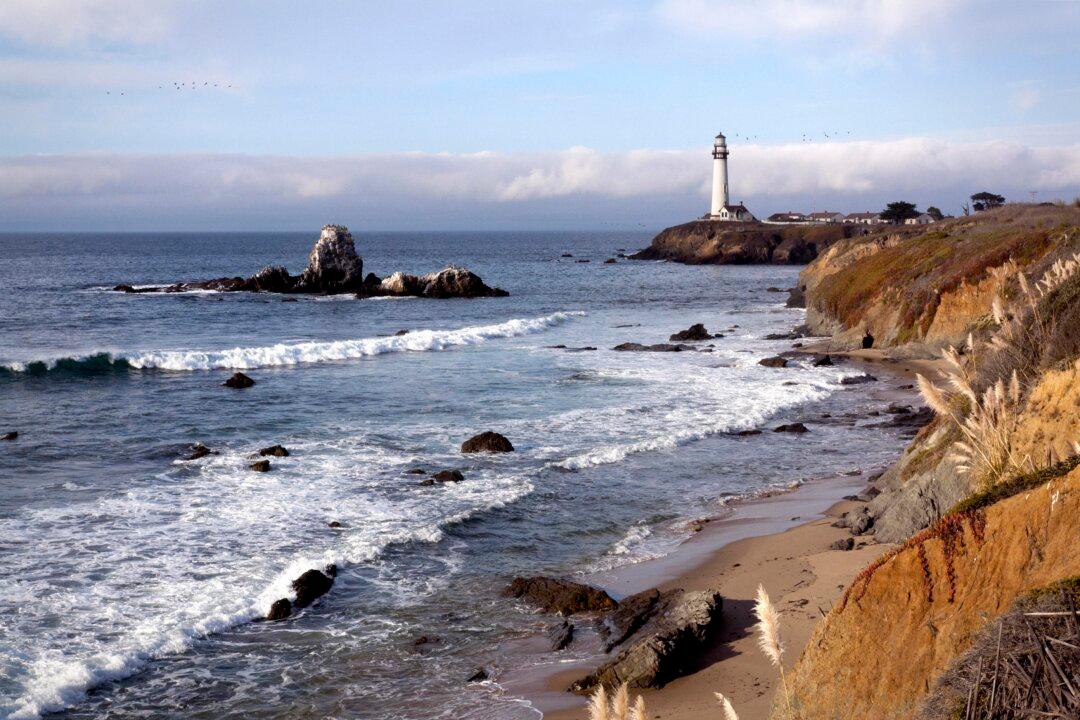“The big tree (Sequoia gigantea) is nature’s forest masterpiece, and, so far as I know, the greatest of living things.” —John MuirGiant Sequoias, the world’s largest trees by volume, are found only on the western slopes of the Sierra Nevada mountains in California. These majestic trees were the impetus behind the creation of the United States’s second and third national parks: Sequoia National Park and General Grant National Park (later expanded and renamed Kings Canyon National Park).
Sequoias can grow to be upwards of a 26-story building in height and over 3,000 years old. They were named Sequoiadendron giganteum, or Sequoia for short, after the Native American man, Sequoyah, who created the Cherokee’s system of writing. In the mid 1800s, Western settlers came across these trees and were bewildered by their grandeur. Understandably, the largest sequoias were given names of monumental American figures of that time including Lincoln, General Sherman, and General Grant, as well as a sequoia known only as the “President.”





